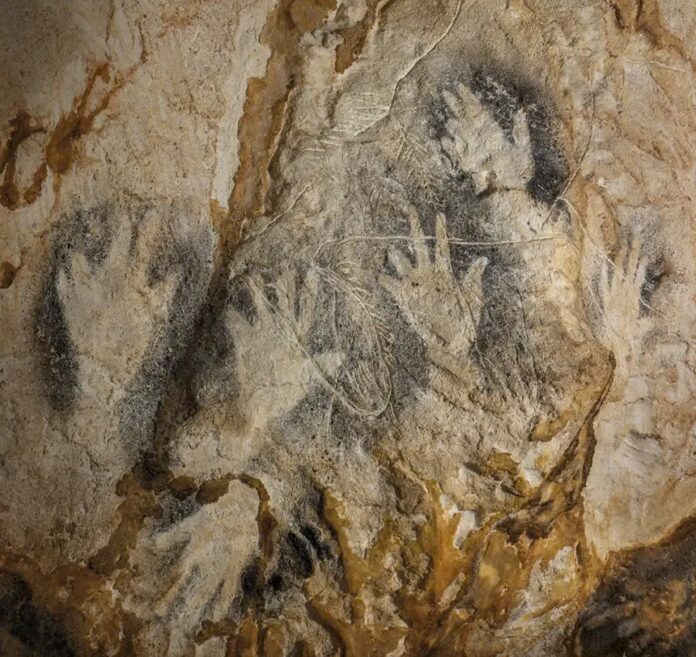Unveiling the Secrets of Paleolithic Hand Stencils

In the depths of prehistoric caves across France and Spain, a peculiar pattern has emerged from the shadows of time. Hand stencils adorning cave walls, dating back to the Upper Paleolithic period, have long puzzled archaeologists with their conspicuously missing fingertips. Now, a groundbreaking study suggests these aren’t mere artistic quirks, but evidence of a profound and possibly painful ritual practice.
The Gravettian Enigma
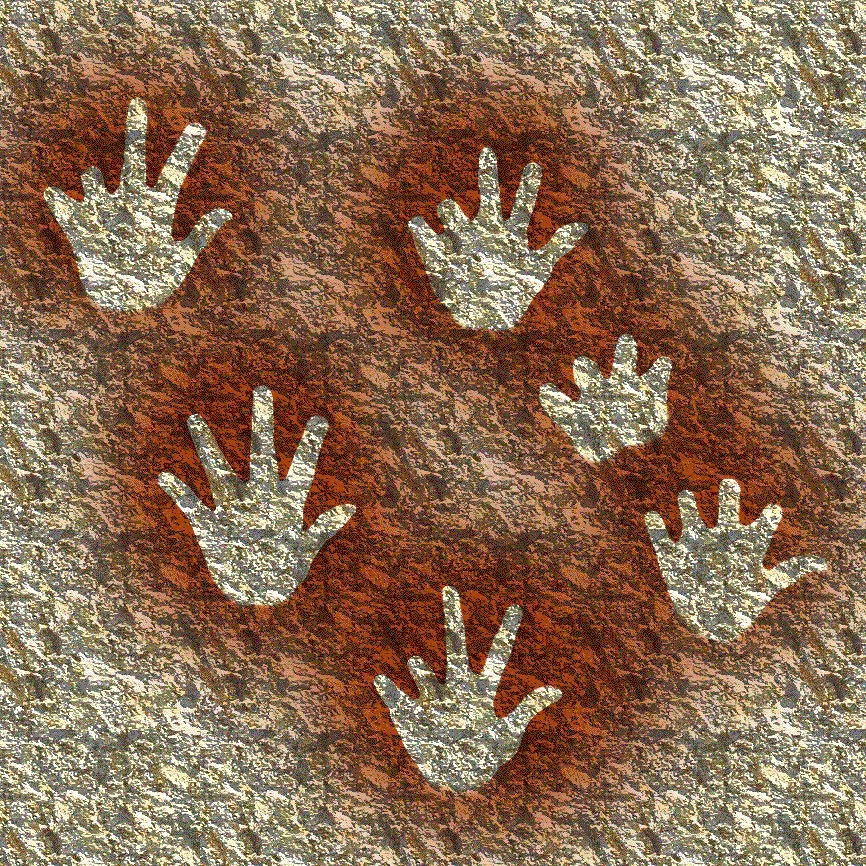
The Gravettian people, hunter-gatherers who roamed Europe during the Upper Paleolithic era, left behind a legacy of over 200 hand images in various caves. These images, some missing entire fingers while others lack just segments, have sparked intense debate among researchers for years.
A New Perspective on Ancient Practices
Professor Mark Collard and PhD candidate Brea McCauley from Simon Fraser University’s Department of Archaeology have proposed a controversial theory: these missing fingertips are the result of intentional amputation, likely for religious or social purposes.
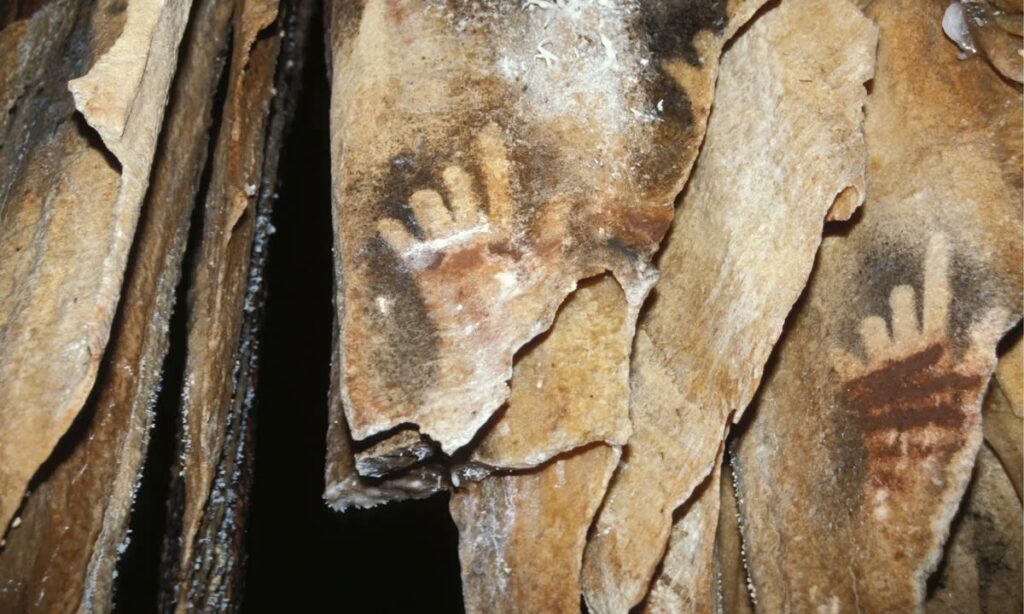
Evidence Across Continents
To support their hypothesis, Collard and McCauley delved into a vast array of historical texts, from travel journals to ethnographic documents. They uncovered evidence of finger amputation practices across more than 100 cultures worldwide, for reasons ranging from religious sacrifice to mourning rituals.
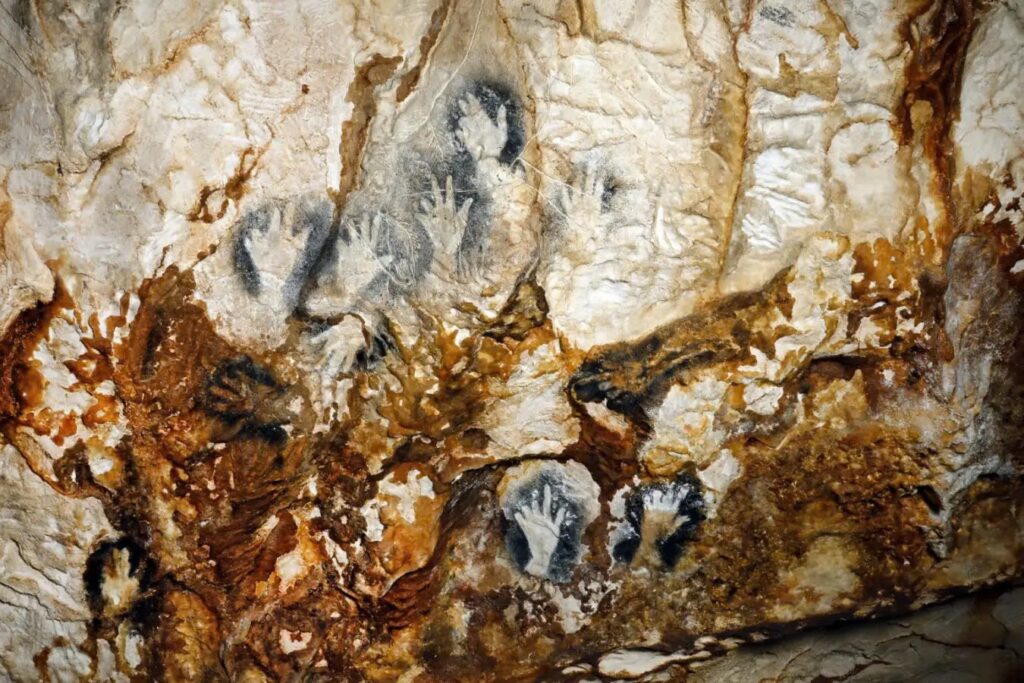
The Cave Art Connection
Several notable cave sites bolster this theory:
- Grotte de Gargas in France: 114 out of 231 hand stencils missing digits
- Cosquer Cave in France: 28 out of 49 hands with missing fingers
- Maltravieso in Spain: A staggering 61 out of 71 hand images lacking digits
Beyond Artistic Representation

Intriguingly, at Grotte de Gargas, archaeologist C. Barrière discovered actual hand impressions in hardened mud, some distinctly missing fingers, dating to the same period as the stencils.
The Ritual Hypothesis
Collard and McCauley propose two primary explanations for this practice:
- Religious sacrifice to seek divine intervention
- A social ritual to strengthen group bonds and foster loyalty
A Window into Paleolithic Spirituality
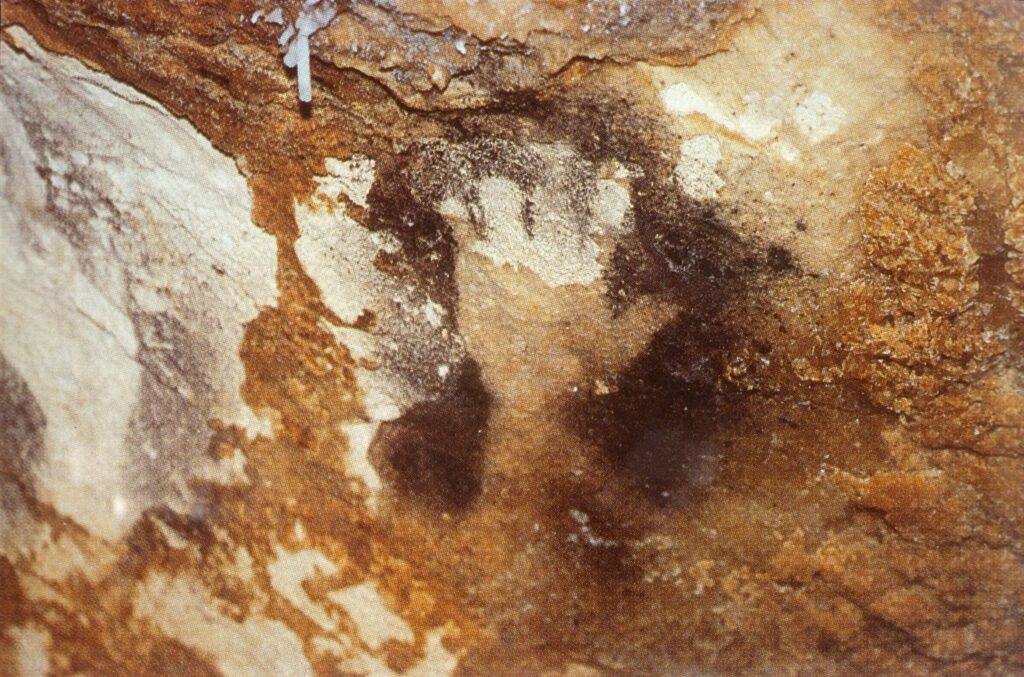
“The idea that the hand images reflect sacrifice is consistent with the way that cave art has been interpreted by many researchers over the years,” Collard explained. The often remote and challenging locations of these artworks further support the notion of their ritualistic significance.
As we continue to unravel the mysteries of our ancient past, these haunting hand images serve as a poignant reminder of the complex spiritual and social lives of our Paleolithic ancestors. They invite us to reconsider our understanding of prehistoric societies and the lengths to which humans have gone in pursuit of meaning and connection.
